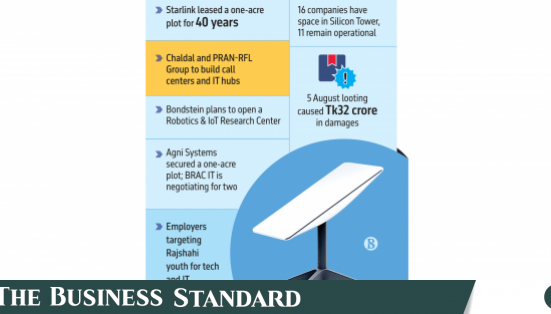Stay informed with free updates
Simply sign up to the Energy sector myFT Digest — delivered directly to your inbox.
A German start-up has secured a record €130mn in funding to develop its fusion energy technology, as investors step up bets on Europe’s potential in the race to create abundant zero emissions power by combining atoms.
The investment in Munich-based Proxima Fusion, led by tech investors Cherry Ventures and Balderton Capital, is the largest to date in Europe’s fusion sector.
Filip Dames, founding partner at Cherry Ventures, described it as “betting on Europe’s ability to lead in solving one of humanity’s biggest challenges.”
“There’s not that many trillion-dollar companies out there globally but we think that if there’s one company that can be that, then it’s Proxima,” he told the Financial Times.
Proxima, spun out of Germany’s Max Planck Institute for Plasma Physics two years ago with initial funding of €7mn, is seeking to build a device called a stellarator that it believes is the most viable route to commercial fusion power. This is an alternative to the more common tokamak pioneered by Soviet scientists in the 1950s.
Both devices use huge magnets to suspend a floating mass of hydrogen plasma as it is heated to extreme temperatures so the atomic nuclei fuse, releasing massive amounts of energy. The twisted structure of the stellarator is more complicated to build, but should produce a more stable plasma that Proxima says makes it better suited to a power plant.
Nearly all funding of so-called magnetic confinement fusion has until recently been channelled into traditional tokamaks, and companies in the US have raised much larger sums than Proxima.
Bill Gates-backed Commonwealth Fusion Systems, which is building a demonstration tokamak device in Massachusetts, raised a record $1.8bn in 2021 while Sam Altman-backed Helion raised $425mn in January.
However, no fusion machine has yet been able to produce more energy than the system consumes, and some scientists believe commercial fusion power remains decades away.
Francesco Sciortino, Proxima chief executive, said the funding would pay for the construction by 2027 of a powerful one-of-a-kind magnet called the Stellerator Model Coil. “That’s the magnet that changes history,” he told the FT.

The company will then build a demonstration plant at a cost of about €1bn by 2031 that Sciortino hopes can be funded in part by a European government, followed by the first commercial fusion power plant later that decade.
Germany’s recently appointed chancellor Friedrich Merz is an enthusiastic supporter of fusion research and has said that Germany should host the world’s first fusion power station. “Our key message to Chancellor Mertz is, you’ve asked for a lighthouse project for Germany. We’re delivering a lighthouse project,” Sciortino said.
Daniel Waterhouse, general partner at Balderton Capital, said his tech-focused fund had been impressed by Proxima’s “exceptional team” and its ability to leverage simulation software to overcome design problems.
“It’s definitely a different kind of risk profile than you would have in a software investment,” he said. “What gave us confidence is we believe that the physics here is solved.”
Sciortino noted how Europe had led the world on fusion research for decades but risked falling behind at the critical moment if it does not back the private companies trying to make fusion power a reality. The world’s most advanced existing stellarator, built by government-funded scientists, is in Greifswald, eastern Germany.
“If you don’t invest at the right time as a government [then] it’s all for nothing,” the Proxima chief said. “You’ve just done science for the sake of helping our American or Chinese colleagues.”







